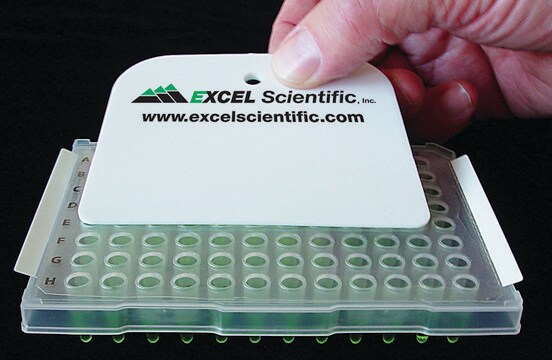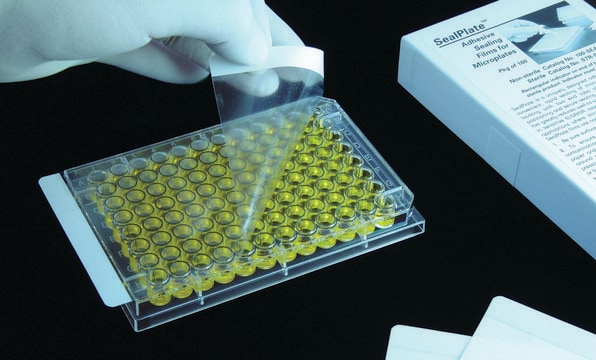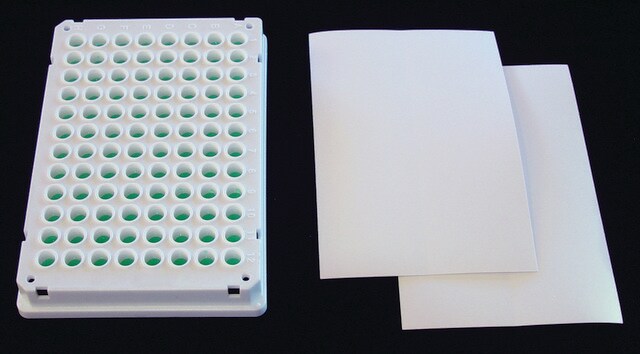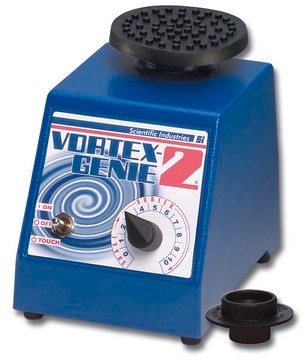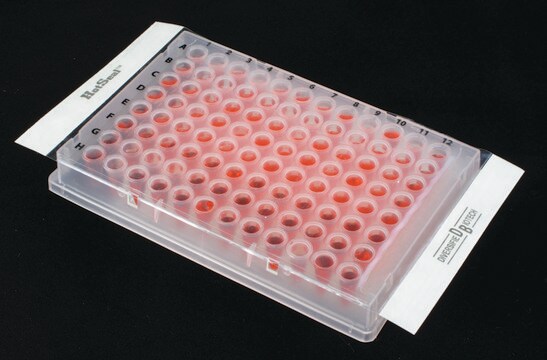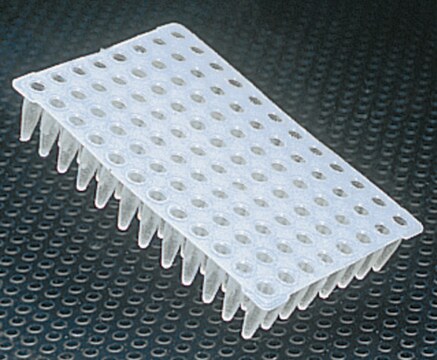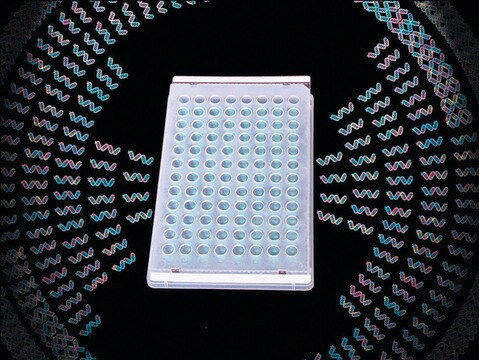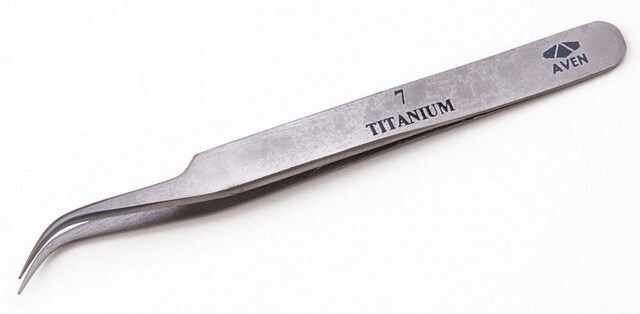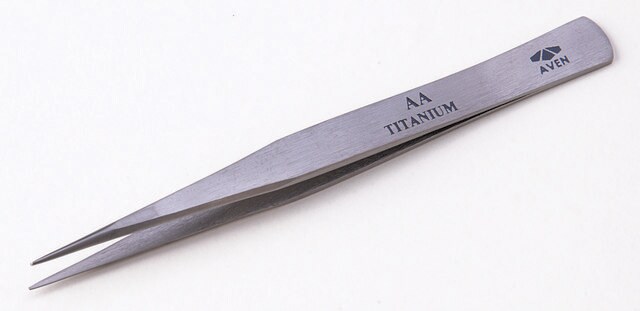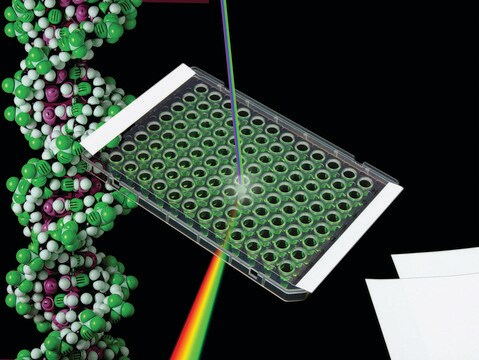Z734438
ThermalSeal RTS™ Sealing Films
for qPCR, storage & crystallization, non-sterile
Sinónimos:
qPCR plate seal, storage plate seal
About This Item
Productos recomendados
Materiales
polyolefin film
silicone/adhesive
esterilidad
non-sterile
envase
pack of 100 ea
fabricante / nombre comercial
Excel Scientific TSS-RTQ-100
técnicas
PCR: suitable
qPCR: suitable
L × An
76.2 mm × 133.4 mm
An × L
7.62 cm × 13.34 cm
color
clear
¿Está buscando productos similares? Visita Guía de comparación de productos
Descripción general
ThermalSeal RTS™ films are sized to fit within the edges of raised-rim 96-well plates. Their consistent high optical clarity makes possible reproducible, reliable, and consistent DNA amplification measurements and crystal detection. Two end tabs assist in positioning the film on the plate, and the non-tacky adhesive surface simplifies handling. Easy removal of the end tabs at perforated boundaries prevents lifting and higher evaporation rates that can occur with films that overlap the plate rim.
Dimensions 76.2 by 133.4 mm. With end tabs removed, length is 113.0 mm.
- High optical clarity
- Minimal to no autofluorescence
- Chemically inert; no extractables except at extreme pH
- DMSO resistant for HTS
- Heat resistant, recommended for temperatures from
- -70°C to +100°C
- Certified DNase, RNase, and Nucleic Acid free
- Fit within raised plate rim to prevent loss of seal due to film lifting
- Silicone adhesive forms the strongest available seal for evaporation prevention
- Non-tacky adhesive layer simplifies handling of film prior to sealing
Información legal
Certificados de análisis (COA)
Busque Certificados de análisis (COA) introduciendo el número de lote del producto. Los números de lote se encuentran en la etiqueta del producto después de las palabras «Lot» o «Batch»
¿Ya tiene este producto?
Encuentre la documentación para los productos que ha comprado recientemente en la Biblioteca de documentos.
Protocolos
The most common application for qPCR is the measurement of a gene transcript or copy number quantity relative to one or more reference genes using probe detection.
Reverse transcription (RT) is the process of converting RNA to cDNA using a reverse transcriptase enzyme and dNTPs.
Although quantitative PCR uses the same basic concept as traditional PCR, the reactions differ in that the amplicons are generally smaller and are detected indirectly using an additional dye or labeled probe or primer.
A protocol that can be used as a basic template for qPCR incorporating a detection probe that is specific to a single target. In these reactions, primers and probe are included at a final concentration of 200 nM and are run using LuminoCt® ReadyMix™.
Nuestro equipo de científicos tiene experiencia en todas las áreas de investigación: Ciencias de la vida, Ciencia de los materiales, Síntesis química, Cromatografía, Analítica y muchas otras.
Póngase en contacto con el Servicio técnico